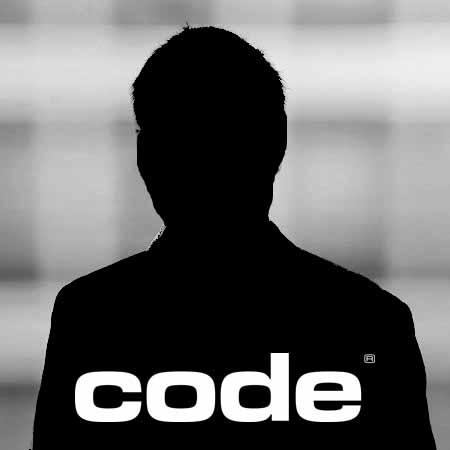Blog: 5 Ways Retailers Can Win with 2D Barcodes
The sun will rise on two-dimensional (2D) web-enabled barcodes for retail. Out with the old vertical-lined, one-dimensional (1D) barcode and in with a hearty 2D version — the GS1DataMatrix and QR barcodes — with new capabilities to benefit shoppers, staff and stores.

Championed by the barcode standards organization GS1 US, Sunrise 2027 is a transformation within retail that will swap products’ standard 1D barcodes (i.e., the UPC) for data-packed 2D barcodes and compatible point-of-sale barcode readers (if needed). These 2D barcodes store information like origin, production, safety, logistics and promos.
Clerks and customers will scan products at checkout like they do UPCs today. However, shoppers will enjoy enhanced product safety, personalized recommendations and real-time discounts. Retailers will also benefit from 2D barcodes in these five ways:
- Lower costs
- Enhanced regulatory compliance
- Improved recalls
- Heightened shopper satisfaction
- Elevated goodwill among employees and shareholders

1. Data-rich 2D Barcodes Can Reduce Business Costs
Compact 2D barcodes stack granular, real-time information on their vertical and horizontal axes. As shoppers browse, smartphone scanner software provides serving suggestions or the brand’s ethical practices. At checkout, barcode readers will pull pertinent data like coupons or expiration dates, expediting checkout and preventing costly errors, as recently validated in trials across Asia and Australia.
GS1 reports that 2D barcodes are driving improvements for Woolworths Supermarkets in Australia by maximizing perpetual inventory management. Higher-quality data, particularly for hard-to-distinguish citrus and avocado varieties, has sharpened the grocer’s electronic inventory records to improve store orders. Each cent saved on the tiniest tangerine matters when most grocers operate on skimpy 1-3% profit margins.
2. Real-Time Regulatory Compliance
In much of Europe and Oceania, selling expired food is illegal; large chains in the UK, for instance, could face £500K-3M fines (about $636K-3.8M US). While programmable barcode readers currently catch expired goods at sale, 2D barcodes will be another failsafe, as they are for 7-Eleven, Inc. in Thailand today.
GS1 documented 7-Eleven’s successful pilot program. The chain’s local partner printed 2D barcodes on prepackaged, heat-and-eat foods. Upon scan, the barcode triggers an expired item POS alert, pausing the transaction until an associate voids and replaces the item. Clerks state the new approach has decreased customer complaints while simplifying stock management.

3. Enhanced Product Recalls
Scanning a 2D barcode prevents the stocking and sale of a recalled item, protecting consumers, brands and associate productivity. These barcodes also contain data like catch location and lot number, enabling distributors to withdraw affected products before they reach stores.
Woolworths also determined that the barcodes guarantee product and ingredient authenticity; these insights will undoubtedly benefit stores that make, bake and sell takeaways.
4. Sharpened Shopping that Satisfies Shoppers
What exactly is "sharper shopping?" It’s a custom experience for consumers seeking in-depth information before purchase. For example, a simple sweep with a smartphone scanner accesses recipes (and shopping lists) so customers won’t miss an ingredient or can discover high-margin beverage pairings. Moreover, the conscientious can review details about food allergens, composting, country of origin and ownership of the brand they’re considering.
5. Improved Employee and Shareholder Relations
We’ve all waited as a harried clerk discerns kale from Swiss chard, locates the stickered price look up code, thumbs through a book and proceeds (hopefully with the right price).

Woolworths’ operations and GS1 observed that a clerk scans produce via 2D barcode, weighs it and moves on. This streamlined POS workflow frees clerks to focus on engagement and efficiency, undoubtedly driving job satisfaction. It also arrives as European and North American grocers adopt "kletskassa," the Dutch concept of "chat checkouts" that stem loneliness.
By deploying 2D barcodes, Woolworths also reduced food spoilage by 40%. As a product nears its sell-by-date, the barcodes spur sales through discounts. These results will help lower overhead through tighter operations, increasing shareholder confidence.
- Such metrics could enrich any firm’s environmental, social and governance practices.
These are just five ways GS1’s Sunrise 2027 initiative will brighten retail. Welcoming greater profits, happier shoppers and smoother operations is as easy as contacting Code Corporation at info@codecorp.com or 801-495-2200. Our data capture experts across the Americas and EMEA will guide you in futureproofing your data capture solutions.






